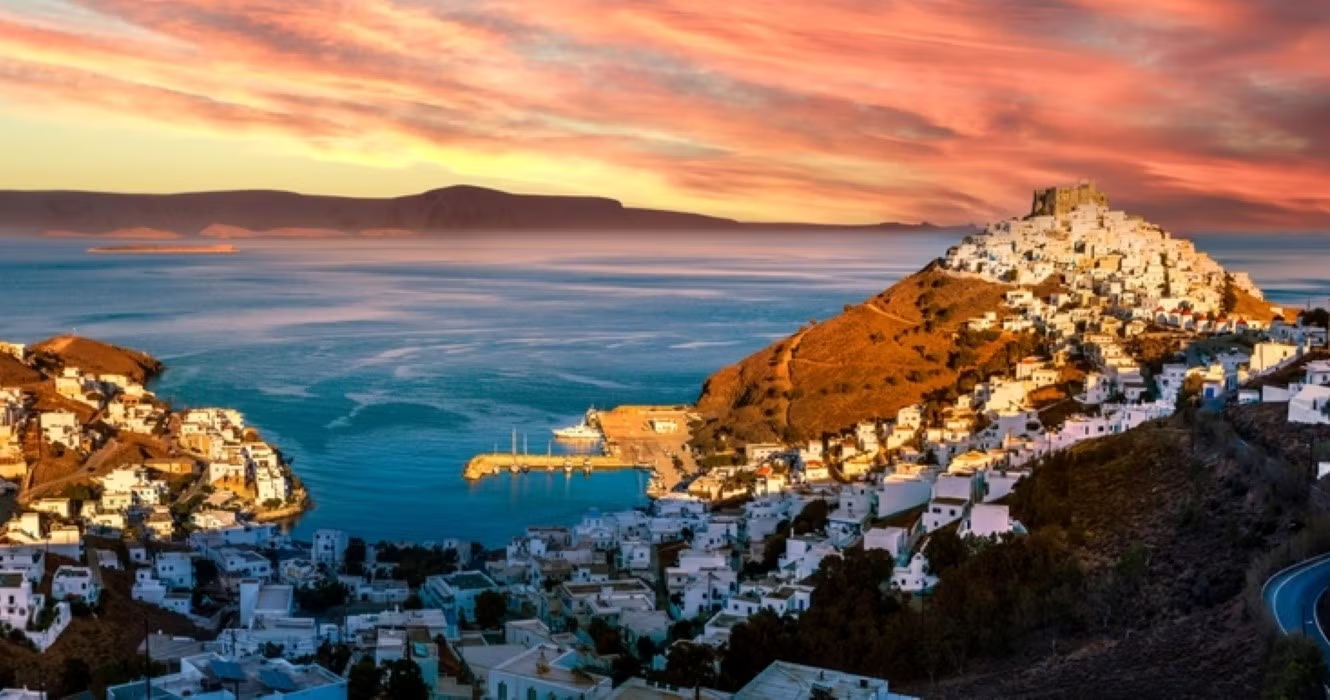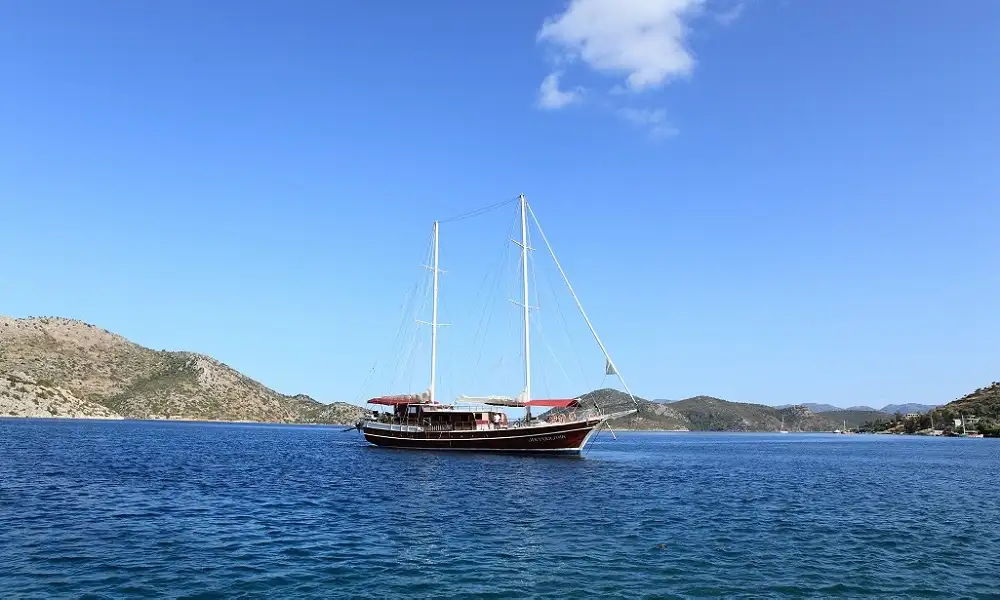Whale watching is a captivating experience that allows individuals to witness the majestic creatures of the ocean in their natural habitat. These tours offer an exceptional opportunity to not only admire the grandeur of whales but also to learn about marine life and conservation efforts. Whether you’re a seasoned traveler or a first-time adventurer, whale watching tours provide an unforgettable experience that is sure to leave a lasting impression. Here’s everything you need to know before embarking on your next whale watching adventure.
Understanding Whale Watching Tours
Whale watching tours are guided excursions that provide tourists the opportunity to observe whales in the wild. These tours are typically conducted on specialized boats designed for ocean excursions, ensuring a safe and comfortable experience for passengers. The tours take place in areas where whales are known to migrate, feed, or breed, offering a front-row seat to some of the most awe-inspiring wildlife displays on earth.
Whale watching is not only about seeing the animals, but also about learning their behaviors, understanding migration patterns, and fostering awareness about marine ecosystems. Tours often include expert guides who provide in-depth information about the species encountered, their habits, and ongoing conservation efforts to protect these majestic creatures.
Best Locations for Whale Watching
Choosing the right location is crucial for a successful whale watching experience. Several regions around the world are known for offering some of the best whale watching tours, including:
- Alaska (USA): Known for its abundant marine life, Alaska is a prime destination for whale watching. The waters surrounding Juneau, Ketchikan, and Seward offer opportunities to see humpback whales, orcas, gray whales, and more.
- Hermanus (South Africa): Located along the southern coast, Hermanus is a top spot for observing southern right whales. Tourists often spot whales from land, but boat tours offer a closer look at these magnificent creatures.
- Vancouver Island (Canada): The coastal waters of Vancouver Island are famous for orca sightings, and various whale watching tours are available to see these apex predators in their natural environment.
- Azores (Portugal): An Atlantic hotspot for whale watching, the Azores offer tours where you can spot sperm whales, fin whales, and even blue whales during migration seasons.
These destinations are home to a variety of whale species, ensuring that travelers have diverse encounters. Each location has its own seasonality, so it’s important to plan your trip according to the migration patterns of the whales you hope to observe.
Best Time to Go Whale Watching
The timing of your whale watching tour can greatly influence the type of whales you’ll see and the overall experience. The best time for whale watching tours depends on the location and the migratory patterns of whales.
In regions like Alaska, the prime season for whale watching is during the summer months, from May to September, when humpback whales and gray whales migrate through these waters. In contrast, in South Africa, the peak whale watching season is during the southern hemisphere’s winter months, from June to November, when southern right whales come to the coastal waters to calve.
It’s always beneficial to check with local operators about the best months to visit and the species most likely to be seen during that time.
What to Expect on a Whale Watching Tour
When you embark on a whale watching tour, it’s important to have realistic expectations. While seeing whales is often guaranteed, the proximity and behavior of the animals are not. Whales are wild creatures, and their behavior can vary from day to day. On most tours, you can expect to see various species of whales, often engaging in unique behaviors such as breaching, tail slapping, or spouting water from their blowholes.
In addition to whales, you may also spot other marine animals like dolphins, seals, and sea birds, adding to the richness of the experience. Be sure to bring binoculars, a camera, and appropriate clothing for the conditions, as weather on the water can change quickly.
Tips for a Successful Whale Watching Experience
To make the most of your whale watching tour, keep these tips in mind:
- Dress Appropriately: Layer your clothing as weather conditions can change quickly on the water. A waterproof jacket is always a good idea.
- Bring Binoculars: While the boat offers great visibility, binoculars can help you spot whales from a greater distance.
- Respect the Animals: Follow all guidelines set by your tour guide. Whale watching is an environmentally sensitive activity, and it’s essential to respect the animals’ space and not disturb their natural behaviors.
- Book in Advance: Whale watching tours can fill up quickly, especially during peak seasons. Make sure to reserve your spot well in advance.
Conclusion
Whale watching tours offer an incredible opportunity to connect with nature in a way that few other experiences can provide. Whether you’re witnessing the grandeur of humpback whales breaching or the playful antics of orcas, these tours are sure to leave you with memories that will last a lifetime. By choosing the right location, timing your trip carefully, and following expert advice, you can ensure a successful and enriching whale watching adventure.




